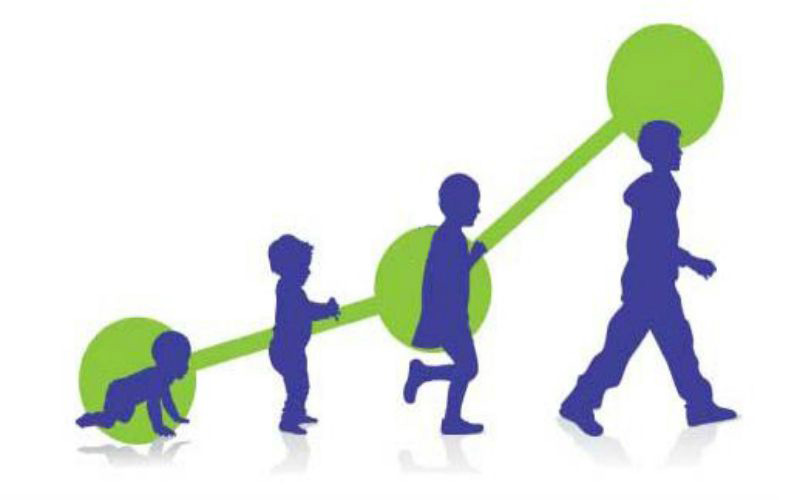Insurers and Wealth Managers have long aspired to segment customers based on their life stage. Big Data can finally make this happen
by Ai Meun Lim, Chief Product Officer, Percipient, and Dr Shidan Murphy, Senior Data Scientist, Angoss Software Corporation
Shakespeare describes the “The Seven Ages of Man” as the Infant, Schoolboy, Lover, Soldier, Justice, Pantaloon (roughly translated as foolish old man) and Old Age. While today our view of one’s life stage is perhaps less cynical (and poetic!), the desire for such a clear classification remains a strong business goal across a range of industries.
Most businesses implicitly recognize that an individual’s life stage contributes towards a multifaceted perspective into the needs of a customer. Further, in some tightly regulated financial businesses, such as wealth management and insurance, determining a customer’s life stage is required to determine risk tolerance and financial objectives. Understanding a customer’s life stage is essential for any customer-centric business strategy.
However, despite the importance, most financial institutions have failed to adequately monetize the concept of a life stage. Major limitations to such monetization are:
– Outdated perceptions of a customer life stage.
– Unavailable or outdated customer data
– Inability to track customer life changes
– A lack of predictive analytics
Why a Dynamic Segmentation of Life Stages?
Traditional methods have based life stage assessments on easily quantifiable factors such as age and income. Yet an age or income-only lens has proven inadequate for detecting financially-important events such as getting married, starting a family, launching a business venture, or taking care of elderly parents.
While the automatic and fluid tracking of a customer’s life stage is sought after in financial institutions today, most still rely on ad hoc updates from customers themselves, and at best, annual customer surveys. Such passive tracking methods point to difficulties financial institution have meeting their “duty of care” obligations, let alone running profitable and targeted life stage campaigns.
The development of a dynamic segmentation of life stages is therefore a generational-leap in customer understanding. By digesting real time data from traditional and non-traditional data sources and using advanced algorithms to analyse this data, it is now possible to create a granular customer segmentation that is capable of evolving with the customer’s lifecycle.
Life Stage Analytics
Percipient and Angoss are collaborating to offer dynamic life stage segmentation that applies the tools capable of unifying such data, and technological advances in big data analytics.
The foundation of this approach is data – and lots of it. For the segmentation to be meaningful, the data must include both conventional and unconventional data sources. Conventional sources include demographic data, spending patterns, and both assets and liabilities. Although these data are readily available in financial institutions, they are often underutilized.
Advancements in data technology means there is also scope to incorporate unconventional data sources such as social media (think LinkedIn), wearable devices (think Fitbit), digital footprints and third-party data aggregators. Some financial institutions may already be collecting this data, but have not been put it to use for this purpose.
Customer segmentation is then created using cutting-edge analytics. The analytical approach combines business rules and next-generation tools and techniques to create granular-level customer categorizations. The life stage categorizations are dynamic and regularly updated to reflect changes in the data feeds.
Such dynamic categorizations create the opportunities for, among other requirements, next product recommendations, customer retention and calculating the actual and expected profitability of the customer base.
A Revolution in Needs Based Selling
The financial industry’s mantra is that product sales be underpinned by their customer’s life stage. Today, data and next-generation tools are in place to create more accurate, dynamic and granular view into the needs of their customers. An accurate, analytics-driven understanding of life stages are set to revolutionize needs-based selling.

